Modern Shipper launched in February 2021 with a mission of highlighting the ever-growing last mile of the supply chain. Throughout the year, we learned a lot, and our readers helped inform us of plenty more.
Looking back on the year that was, there were plenty of stories that resonated with our readers — from drones to automation, from gig workers to last-mile delivery providers. Of course, we can’t forget e-commerce, which is rapidly changing the supply chain and everything and everybody who touches it.
We thank you for taking time out of your day to engage with us, whether that is through visiting modernshipper.com, becoming fans of our social media channels or watching At Your Doorstep with host Kaylee Nix, a FreightWavesTV show dedicated to the last mile.
Now, as we look back at 2021, here are modernshipper.com’s 10 most popular stories related to the gig economy.
10. You get a car, and you get a car

In August, President Joe Biden announced an ambitious new goal for the automobile industry — for EVs to make up half of all U.S. vehicle sales by 2030. The president signed an executive order declaring the non-legally binding milestone a priority, while also proposing new vehicle emission standards to cut pollution by 2026. But what does this mean for the gig economy, much of which is composed of ride-share companies and drivers? It could spell trouble.
Read: EVs for all: What Biden’s executive order means for gig economy
9. Employee or not?

The past year featured a number of studies on the gig economy, many centered on the pros and cons of employment status. Some suggested that ride-share drivers and other independent contractors would rather have full-time employment. Others said they didn’t want to be employees. The employment status of these workers has been much debated and will continue to serve as the centerpiece of future legislation at the state level and in Washington. How a society and its political leaders can reach a conclusion that satisfies these workers and the companies that pay them may be one of the most important questions as America defines the future of work.
Read: Do gig workers want to be employees? It depends who you ask
8. Owning a piece of the gig economy

As gig economy companies like Uber continue to bring in more money and users, the rising tide has not lifted all boats. In the third quarter alone, ride-share and food delivery companies raked in the revenue: Uber brought in nearly $4 billion; DoorDash accrued $1.24 billion; Just Eat Takeaway, which owns Grubhub, made $884 million; and Lyft generated $765 million. But where is that money going? According to Matt Spoke, CEO of gig economy fintech provider Moves Financial, a lot of it is being spent on drivers, but not in the way you might think.
Read: This company is turning gig workers into gig economy shareholders
7. Where are the workers?

When the April unemployment numbers were released by the Department of Labor, it showed employers across the economy had added just 266,000 jobs in the month. As early as March, the gig economy companies started expressing concern about a lack of drivers as COVID-19 vaccination rates accelerated and economies opened back up. DoorDash CFO Prabir Adarkar said the company was seeing an increase in orders but not the drivers to deliver them. It turns out, the labor squeeze hit the gig companies as well.
Read: What if there are no gig drivers?
6. Building up the gig economy
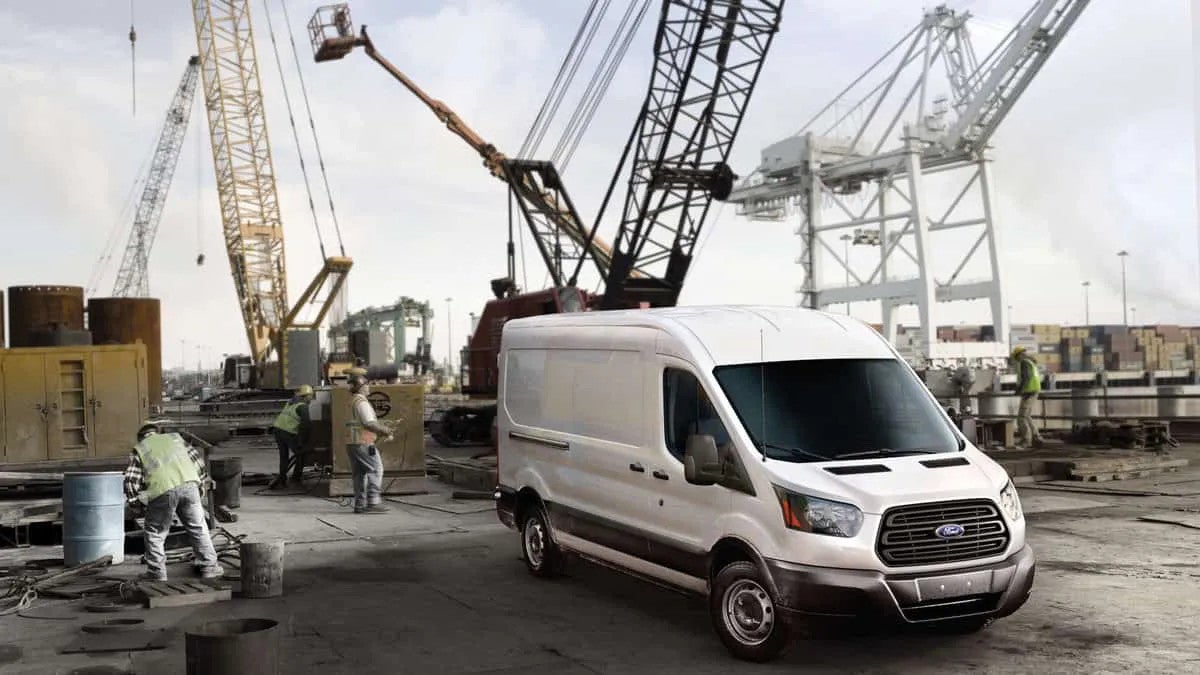
In early April, technology platform Curri secured a $6 million series A funding round led by Brick & Mortar Ventures with participation from existing backer Initialized Capital and new investor Rainfall Ventures. The firm, which provides on-demand delivery of construction materials using a network of gig workers situated across the country, provides a platform for anyone moving construction-related materials to secure pickup and delivery of those items from major retailers and brands, including Winsupply, Ferguson, Airgas, Grainger, Fastenal, Lumber Liquidators, The Home Depot and Lowe’s.
Read: 6 questions with Curri: The gig company for the construction industry
5. Can I move that car for you?

Car owners are most likely to visit dealerships for service during the first three years of vehicle ownership, J.D. Power reported in its 2020 Customer Service Index survey. The survey found that 88% of customers visit dealers for service in those initial years. In 2020, though, that changed. Car owners no longer wanted to sit in dealership waiting rooms as COVID gripped the nation. That meant a boon for companies that transported cars from place to place, and a significant opportunity for Social Auto Transport Inc., a gig economy platform dedicated to helping businesses relocate autos.
Read: Social Auto Transport raises $1.5M in seed funding to expand gig economy auto-moving business
4. Helping those in need
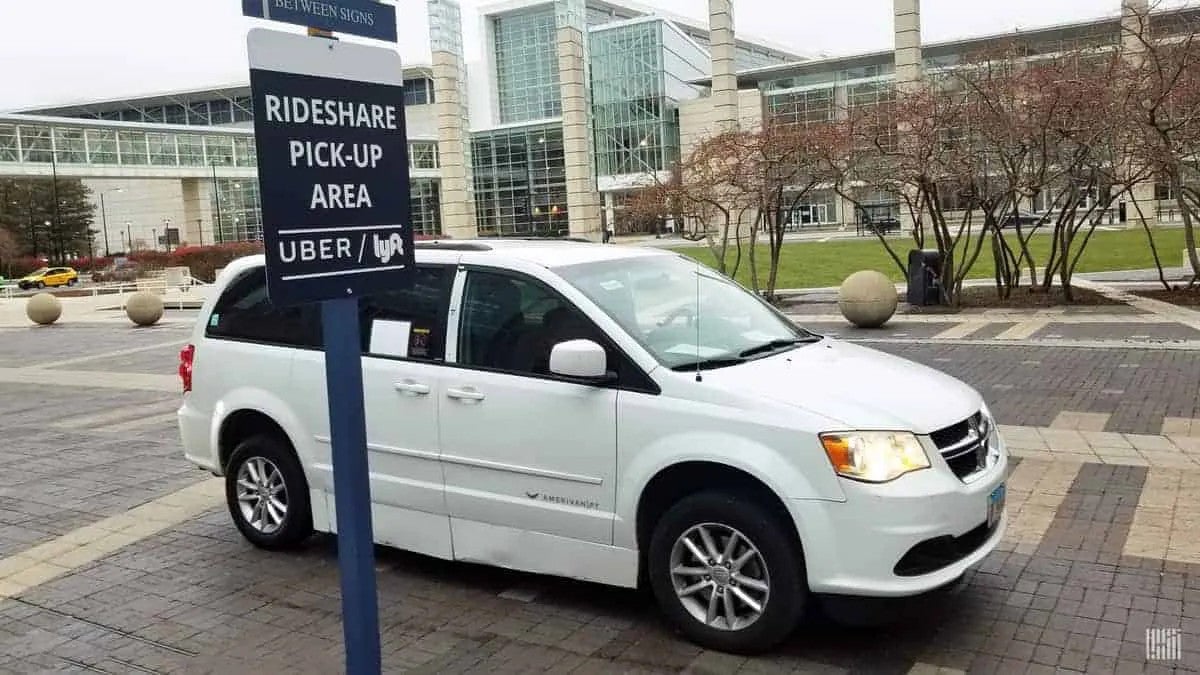
A bill introduced in the U.S. Senate in April would provide up to $250 in weekly unemployment benefits to gig workers. Sens. Ron Wyden, D-Oregon, and Michael Bennet, D-Colorado, introduced the Unemployment Insurance Modernization Act. The 106-page bill seeks to overhaul current unemployment insurance benefits, allowing them to fluctuate in amount and length during times of high employment, among other changes. It would also codify jobless benefits to workers who quit for certain reasons, such as the loss of child care.
Read: Senate bill would make gig workers permanently eligible for unemployment
3. A growing community
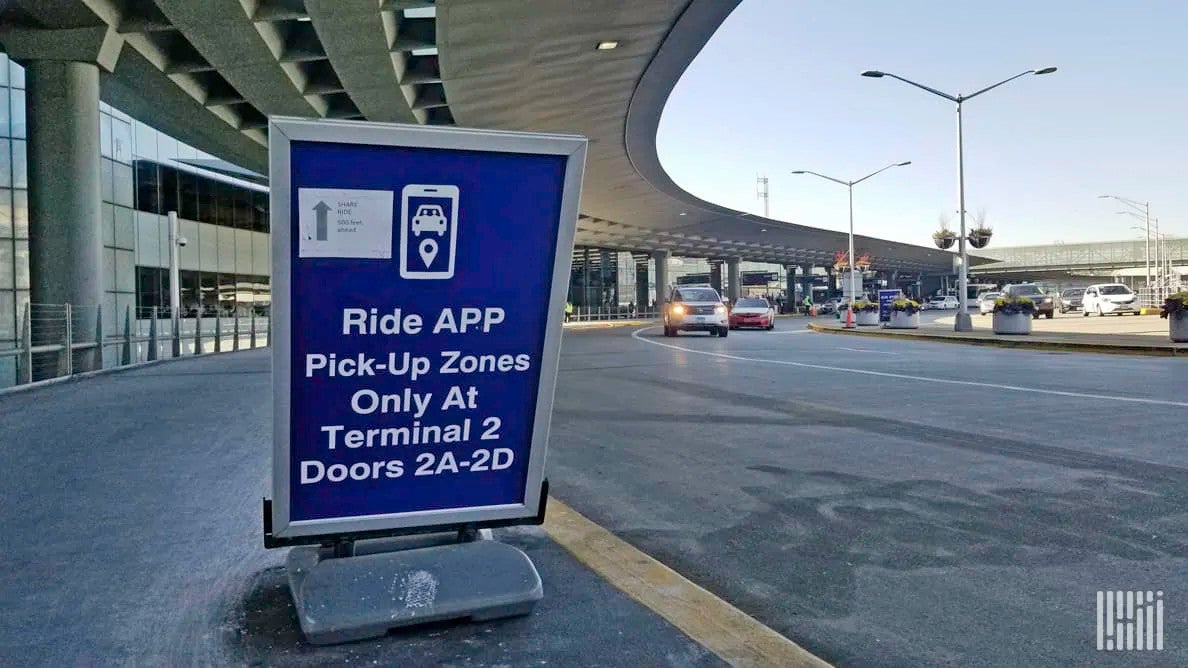
A survey of the gig economy found that it grew 33% to $1.6 trillion in 2020, despite the havoc brought upon the economy by COVID-19. The online survey of 2,788 U.S. adults by payments firm daVinci Payments also had some other surprising facts about the nation’s gig workforce. Defined as temporary or part-time work conducted by independent workers, the survey found that 63% of gig workers (approximately 59 million of the total 93 million gig workers in the country) also held full-time jobs in 2020, a 19% increase from 2019. The onset of COVID increased the importance of gig work for many, as 74% said gig work is “as important or more important” to their financial security because of COVID.
Read: COVID didn’t kill gig economy, the pandemic accelerated it
2. Income verification
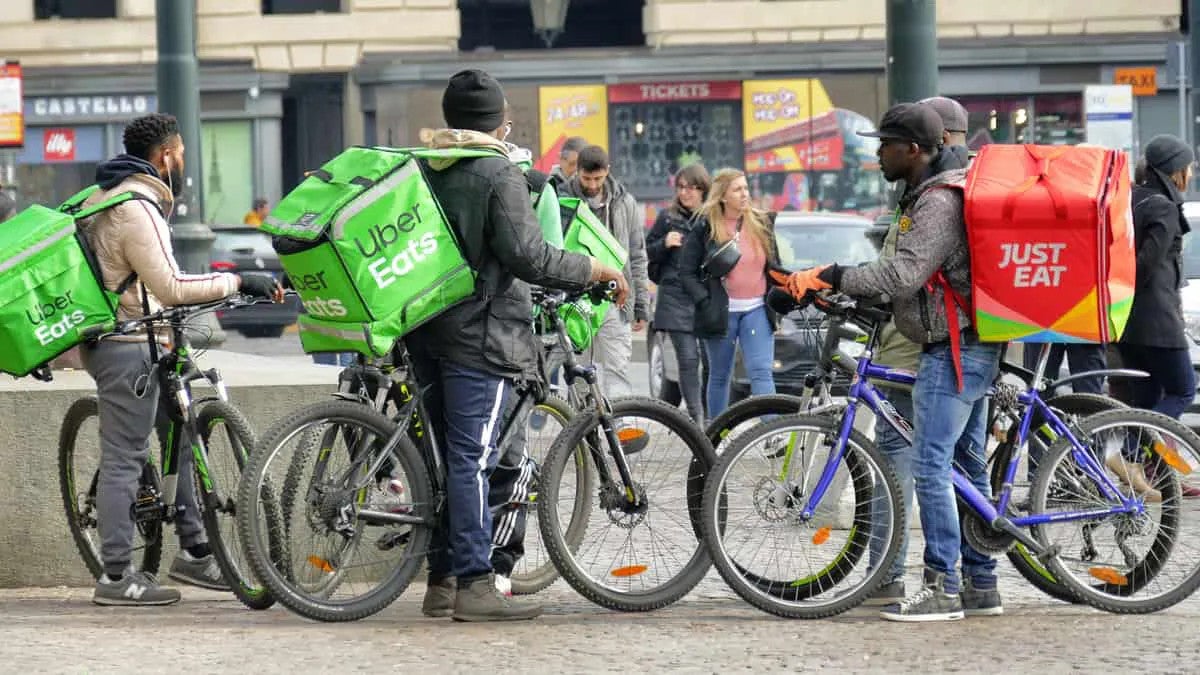
Gig workers typically don’t qualify for unemployment, but changes made in COVID-19 relief legislation made that possible in 2020, and it has continued into 2021. However, the nature of gig work and payment processes can make it difficult to prove income and opens the program up to fraud. The Workers Lab and Steady launched The Workers Lab Design Sprint to help assist those gig workers who qualify for unemployment insurance with the use of the Steady App.
Read: Getting gig workers the unemployment they deserve
1. The tax man cometh
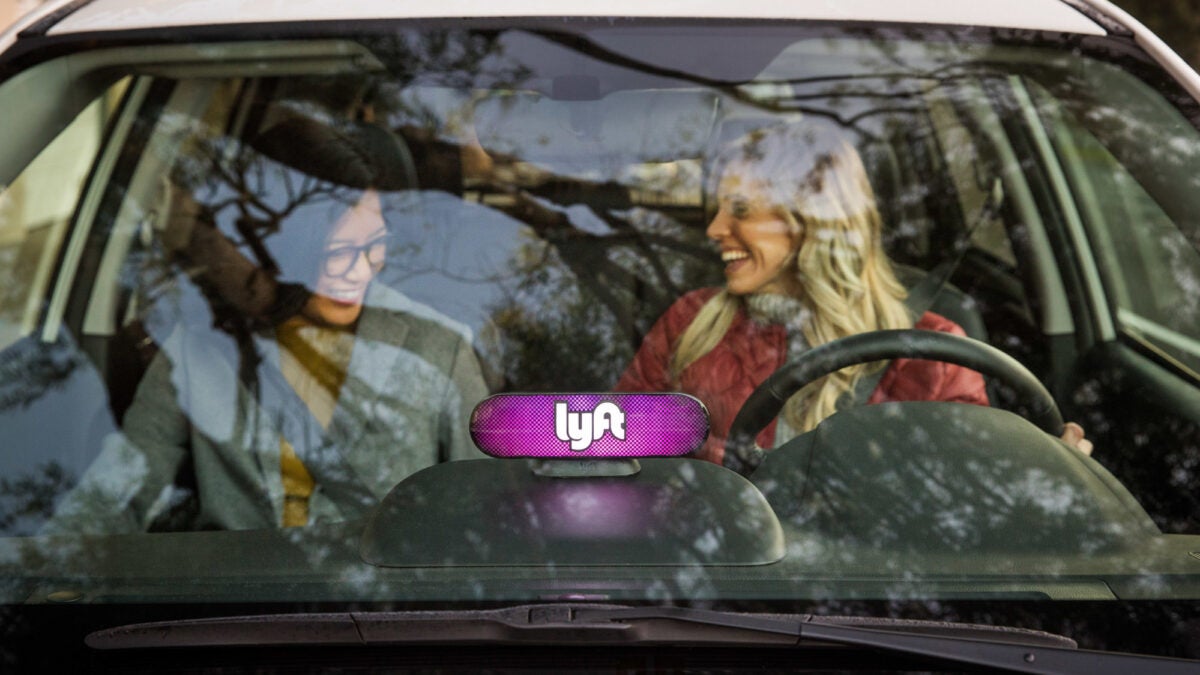
Gig workers and third-party sellers on e-commerce platforms such as Etsy, Walmart Marketplace (NYSE: WMT) and even Amazon (NASDAQ: AMZN) could find themselves with tax issues in 2022 thanks to a change in Internal Revenue Service tax codes contained in the American Rescue Plan Act of 2021. The $1.9 trillion COVID relief bill, passed by the U.S. House and Senate and expected to be signed into law by President Joe Biden by this weekend, amends Section 6050W of the IRS code to require reporting for any transactions that exceed $600 in gross sales through a 1099-K form.
Read: COVID relief bill could trigger larger tax bills for gig workers
Click for more articles by Brian Straight.
You may also like:
Drones are flying into weather data deserts. Can they be stopped?
Navigating COVID-19 shipping chaos: Finding capacity and servicing the customer










